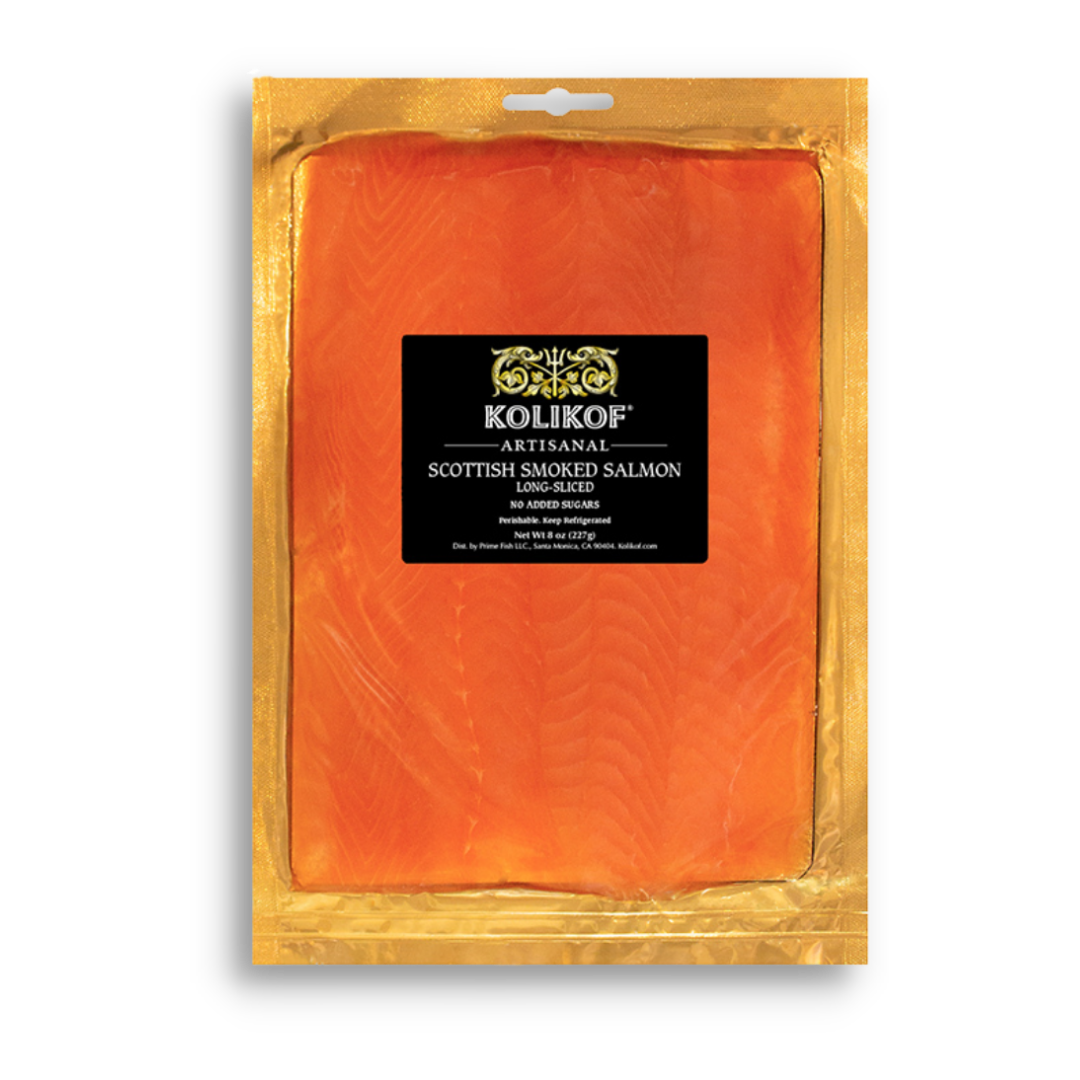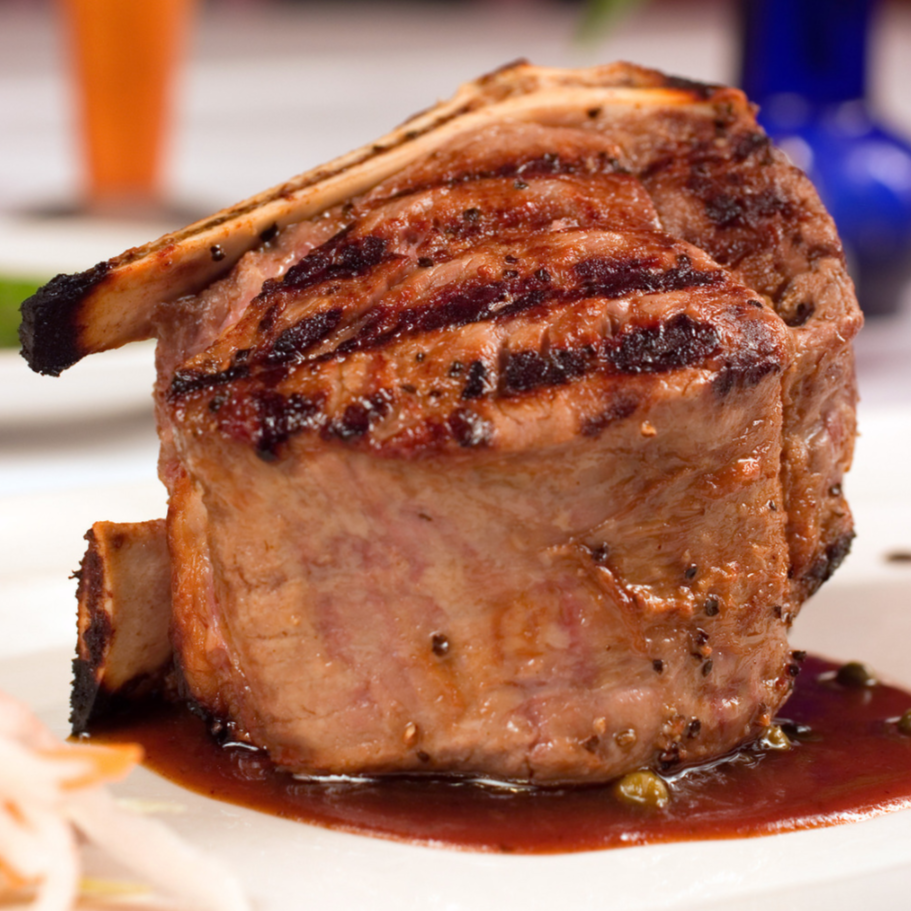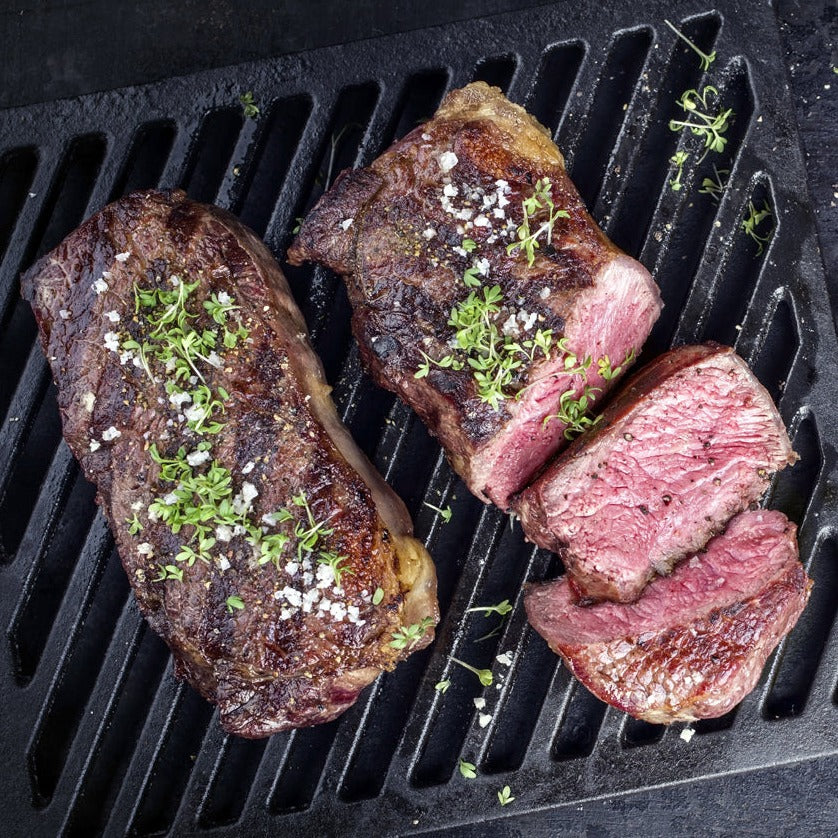What is Caviar?
Caviar is the epitome of all things luxury. This well-known delicacy, but often not experienced luxury, can be a life-changing experience. But what is Caviar? Why can it only come from Sturgeon fish and where is Caviar found in the world?
Today, we’ll run through everything you need to know about this loved delicacy.
What is Caviar?
Caviar is a luxury food product created from the eggs of Sturgeon fish, specifically Sturgeon from the areas of Eastern Europe and Central Asia.
However, it’s important to note that all Caviar is fish roe, but not all fish roe is Caviar. A confusing distinction for some, but for which in many countries is upheld by tight regulations. Just as Champagne is from the correct region of France, producers must take care when classifying their Caviar.
Why is Caviar only from Sturgeon?
This fish is unique in a few ways. Firstly, the fish retains many of its original ancestral traits, and secondly, they are an anadromous fish, which means they relocate to freshwater to reproduce, moving from saltwater to fresh. Something that not all fish do.
Additionally, these types of fish can grow extremely large and live for almost a century, but because the females don’t produce eggs for up to 25 years, it means the eggs are rare and highly sought after when they can be harvested. Valuable, by its rarity, and its taste.
In more detail, Caviar is made up of the roe of Sturgeon Fish, which in simple language is the unfertilized eggs of the Sturgeon. These eggs are often served salted and upon blini’s as appetizers, or as a garnish.
Where is Caviar found?
This highly sought-after fish can only be found in certain areas of the world, which include the Caspian Sea between Iran and Russia. Not only in this region, Sturgeon can be found in Europe, living in some of the bigger rivers and lakes. As well in the North American South Atlantic.
However, once these fish have been located, the process becomes more laborious, with production taking many years with a lot of planning involved. The reason for this is that the female fish must be over 10 years old to produce enough eggs for collection. Finally, a special retrieval process must be implemented to ensure the quality of the product. Patience is indeed required for this luxury.
What is the history of Caviar?
To understand where this unusual food comes from, we need to go far back in time, well before it became known in the US. In early civilizations, there was a practice to add briny water and flavorings to harvested fish eggs. This is what we have come to know as the Caviar creation process.
This recipe then continued to be carried on in the Middle East and Russia well into the 19th Century, before the American market discovered a new type, which caused a sensation that resulted in a few popular types. But more about this next time!
Look for part two to discover more about this delicious delicacy.









